In a country known for rapid innovation and tight urban spaces, China’s $9,000 electric hatchback is shaking up the market — and beating Tesla at its own game. BYD’s ultra-affordable Seagull isn’t just a budget-friendly EV — it’s outselling higher-end rivals month after month. With government support, practical features, and aggressive pricing, it’s not hard to see why this compact EV is dominating local sales charts.
Price and Practicality Win the Day
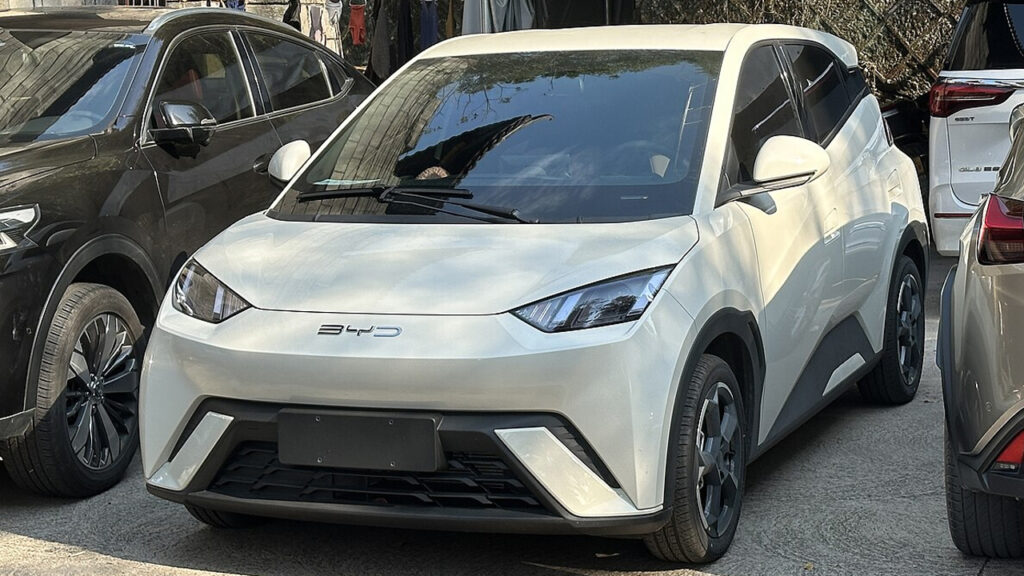
The BYD Seagull, priced around $10,800, is hitting a sweet spot with city drivers. It’s compact, easy to park, and delivers up to 252 miles of range — all for less than a third of the cost of a Tesla. That combo makes it ideal for everyday commutes without the pressure of a premium price tag.
Tesla’s models, while impressive in their own lane, don’t exactly scream affordable. That’s becoming a problem in a market where practicality is king. The Seagull just makes more sense for the average buyer — it’s cheap, gets the job done, and doesn’t try to over-impress.
Government Incentives and Market Dynamics
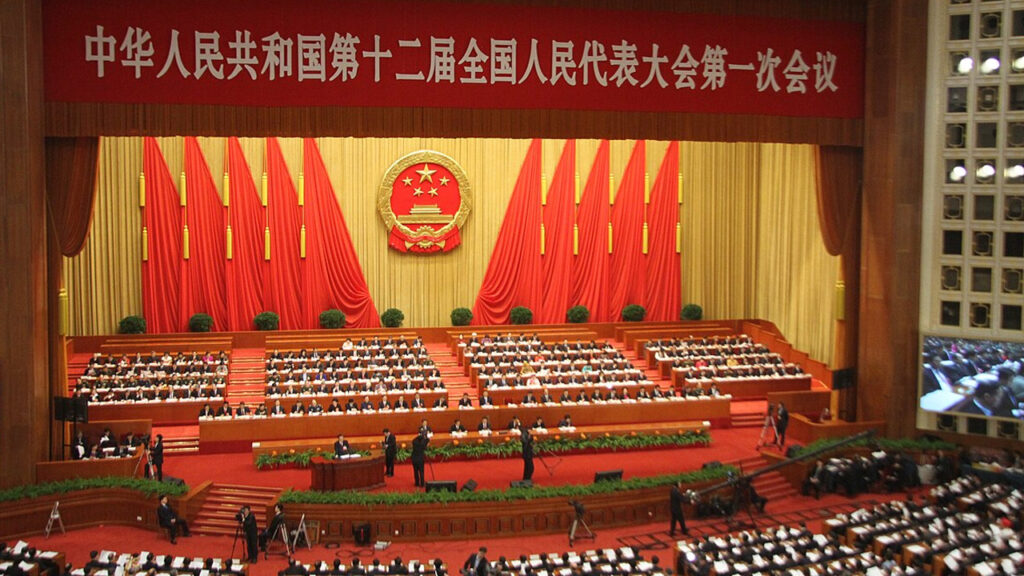
China’s EV market isn’t just growing — it’s being actively accelerated by the government. Subsidies, trade-in deals, and softer pricing competition helped push March’s passenger car sales up 14.4% year-over-year. New energy vehicles made up a huge chunk of that. Meanwhile, Tesla’s China sales fell by 11% during the same stretch. (Source: Wall Street Journal)
The aggressive push for NEVs is giving local brands like BYD a serious edge. When buyers are already price-sensitive, discounts and cash-back offers from both automakers and local governments can be the deciding factor. Tesla hasn’t played that game at the same level — and it’s showing.
BYD’s Strategic Positioning

BYD knows its market. The company’s been focused on trimming production costs and scaling efficiently. That’s how it managed to price the Seagull so low without putting out a car that feels like a toy. It’s not flashy — it just works. And that’s exactly what people are asking for.
In Q1 2025 alone, BYD delivered nearly 1 million vehicles — a 58% jump from the year before. That includes 416,000 fully electric units, which puts them ahead of Tesla in volume. (Source: Barron’s)
The Tesla Problem in China
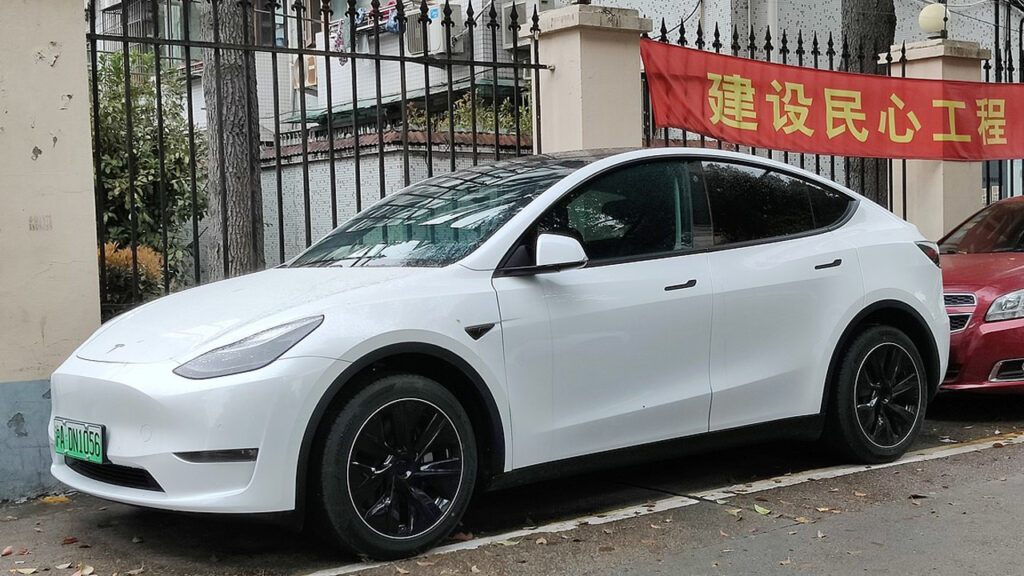
Tesla’s core pitch — cutting-edge tech with high performance — isn’t landing the same way in China anymore. The reality is, most people don’t need a car that can do 0–60 in 3 seconds. They need one that can weave through city traffic, charge cheap, and fit in small parking spots.
With the rise of smaller, affordable EVs, Tesla’s price tag just doesn’t look justifiable for a big chunk of the population. Even with localized production in Shanghai, the brand is still seen as a foreign luxury player in a market that’s moving toward efficient utility. (Source: Wall Street Journal)
What This Means for the Global Market
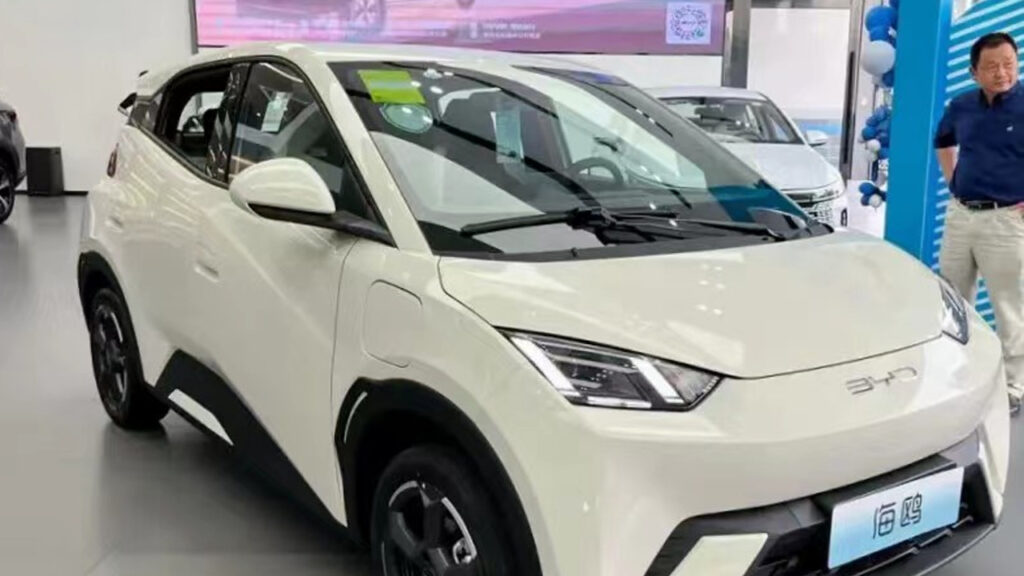
China is leading the charge when it comes to affordable EV adoption — and the rest of the world is watching. If brands like BYD can produce sub-$12k electric cars at scale and still turn a profit, expect that model to expand beyond Asia fast. It’s not just about luxury anymore — it’s about access.
EV makers in Europe and the U.S. are now on notice. They’ll either have to drop their prices or offer something these new low-cost models can’t. BYD’s rise in global rankings is no fluke — it’s the result of years of groundwork that’s finally paying off. (Sources: Reuters MarketWatch)
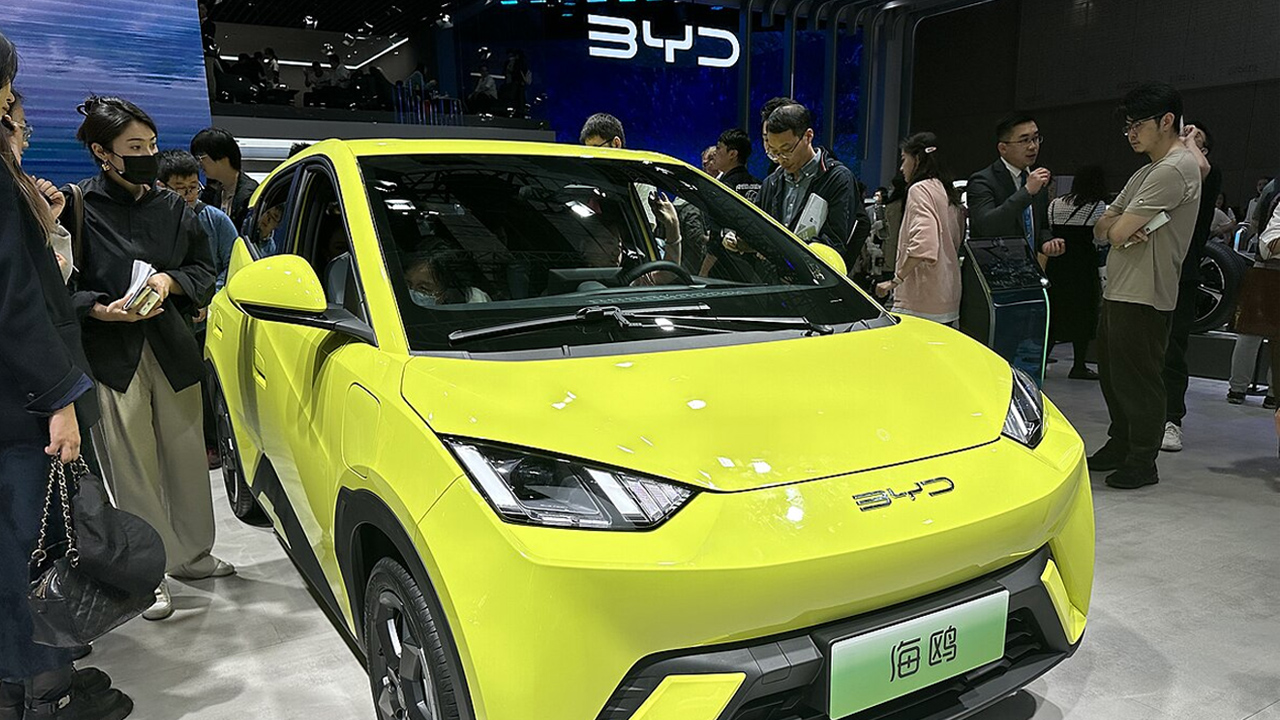
Leave a Reply